
Local Law 97 is one of several NYC local laws expected to have a large impact on building owners throughout New York City in the coming years. In fact buildings are one of the top contributors of carbon emissions, and NYC’s residential and commercial buildings contribute roughly 70% of the total CO2 emissions in the city. That’s why the NYC Council has implemented this climate change mitigation strategy, which has made reducing emissions of built infrastructure a priority.
Luckily, Local Law 97 compliance won’t be as tedious as it many have made it seem. In this article, we’ll cover everything building owners need to know about NYC Local Law 97 compliance and how to reduce your carbon footprint.
Aggressive Energy is committed to giving our clients the tools and resources they need to be both financially and energy efficient. For more help on NYC local law compliance, check out our complete guide to New York City building compliance.
Read on for our Local Law 97 compliance guide for NYC building owners!
What Is Local Law 97?

Local Law 97 (also known as LL97) was passed in New York City as a part of the Climate Mobilization Act. Local Law 97 requires buildings larger than 25,000 square feet to meet strict greenhouse gas emissions limits. This new law will affect 50,000 buildings across the city. The main goal of these new LL98 laws were created in an effort to reduce carbon dioxide emissions from commercial buildings in the city.
Who Does Local Law 97 Apply To?
NYC Local Law 97 applies to commercial buildings larger than 25,000 square feet. These buildings must keep their carbon emissions under a set limit each year to avoid carbon fines and are referred to as “covered buildings” in the legislation. The limits are set based on building type.
If you own a group of two or buildings with a total area over 50,000 square feet under the same tax lot, you will also have to comply, even if one of those buildings is under 25,000 square feet on its own. Buildings owned by the city, buildings that have one or more rent-regulated units, certain types of affordable housing, and buildings of worship are exempt.
What Are the Local Law 97 Compliance Periods?
LL97 will be implemented across the city in two phases. Each phase will have set emission limits on NYC’s large commercial and residential buildings. The two LL97 periods are
- Initial period of 2024-2029
- Second period of 2030-2034
What Are The Local Law 97 Carbon Emission Targets?

Emission limits for Local Law 97 are set based on type of occupancy spaces within the building. For instance, a mixed-use building, with a ground floor serving as retail space and the rest as residential, calculates its emission limits proportionately to the square footage of type of space.
Here is a list of carbon emission limits by occupancy classifications for Local Law 97:
What Does Local Law 97 Compliance Require?
Compliance requires building owners to create and present an emissions intensity report with a registered design professional’s stamp of approval. Under these filings building owners must report carbon emissions from the previous year. Since the first year of reporting will cover 2024, you’ll submit your first report in 2025. This will continue annually with a deadline of May 1 each year.
This NYC green building law sets out building limits through 2050 in periodic phases, gradually increasing limits on carbon dioxide emissions from buildings. The first two compliance periods are 2024-2029 and 2030-2034, with the rest of the phases to be set by January 2023.
Failure To Comply With LL97

If you fail to comply with Local Law 97, you’ll be fined $268 per metric ton that the building’s carbon footprint surpasses the limit. However, if you develop a history of noncompliance, the Local Law 97 advisory board has the right to take that (along with other relevant factors) into consideration when imposing a penalty.
Houses of worship, buildings with regulated units and other forms of affordable housing are excluded from the bill. The Deal also establishes the Property Assessed Clean Energy (PACE) program to facilitate retrofits through long-term financing, and requires installation of solar PV and green roofs on new buildings and major renovations. PACE financing is tied to the property and not the owner, allowing obligations to be transferred to a new owner when the property is sold and assuaging concerns about securing long-term savings from large retrofit investments.
Failure to submit your Local Law 97 report
If you fail to submit a report, you’ll be fined $0.50 for each square foot of your building, for each month that the violation is not corrected within 12 months. Fortunately, you have a grace period of 60 days within the due date. If you submit your report within that timeframe, you won’t be liable for that fine. Still, don’t wait until the last minute and give yourself an unnecessary headache!
Submitting a Local Law 97 report with false statements
Hopefully, lying on your report isn’t an option you would consider, but just in case: If your report contains any false statement(s), you’ll be charged with a misdemeanor and subject to a fine of up to $500,000. You could also face a 30-day prison sentence.
How To Test For Carbon Emissions Under Local Law 97
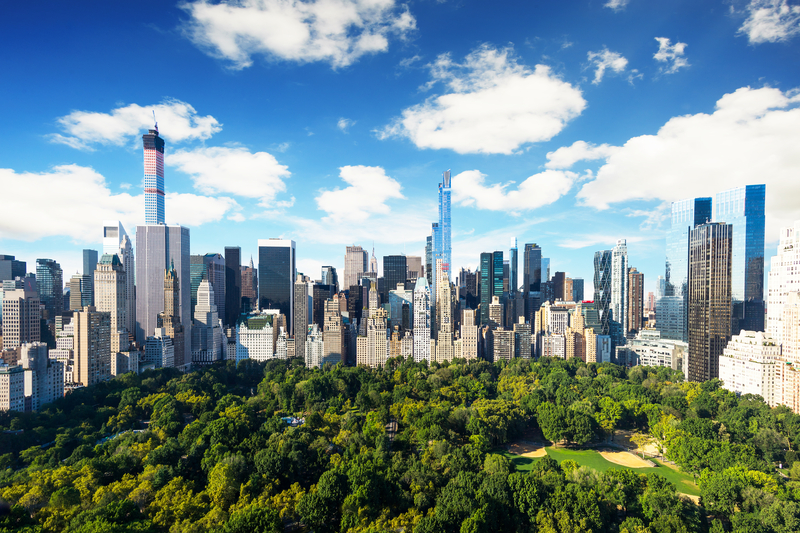
Carbon emissions, also known as building emissions, are emissions of greenhouse gases, such as carbon dioxide. A building’s emissions are created as a result of its operational functions. The total amount of greenhouse gases you emit is your carbon footprint.
Calculate your carbon footprint and building emissions intensity
The first step to complying with Local Law 97 is to calculate your building’s current emissions. This can be done by inputting the type and quantity of fuel used in the building into the free US EPA’s Energy Star Portfolio Manager. This will allow you to gauge the excess emissions you need to eliminate in order to comply with the new law.’ If your building is in the process of completing your Local Law 87 energy audit, this could be a good place to start. Ask your energy auditor to look into longer-term energy saving strategies.
How To Reduce Carbon Emissions To Meet Local Law 97 Goals
How Local Law 97 Impacts Building Owners
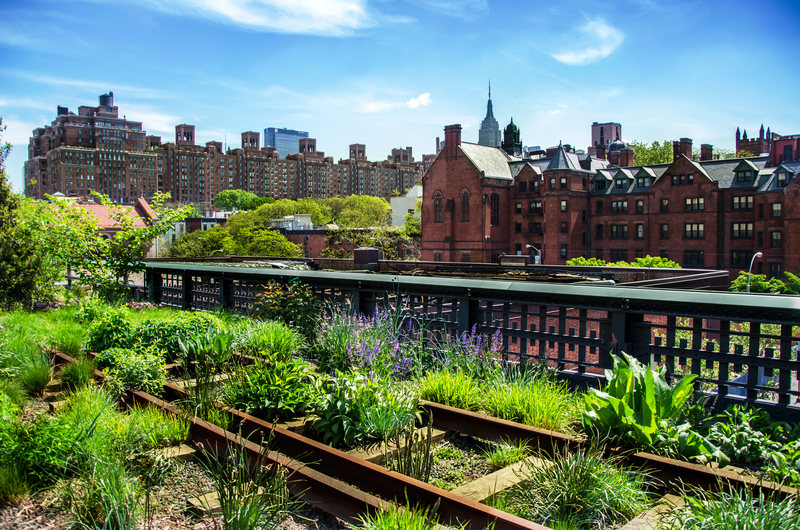
LL87 requires emissions to be reduced by 40% city-wide by 2030, which is a 26% reduction for carbon dioxide emissions from buildings. That equates to about 5.3 million metric tons, a number equivalent to the total emissions from the city of San Francisco.
The NYC green building law impacts nearly 50,000 buildings, many of which are critically above their emissions limit. This means a LOT of buildings will more than likely require substantial energy management system updates or alternate compliance by 2030. This was designed purposefully: By making 2024-2029 limits easier for the standard building to comply with, you have nearly a decade to prepare for the much tighter limits beginning in 2030.
Financially Preparing For LL97 And Its Varying Phases
You may think 9 years is plenty of time to prepare, but keep in mind that switching to clean energy on a large scale can cost a hefty upfront fee. Even if you were planning to sell that property in the next few years, potential buyers will take the cost of the necessary upgrades into account. This means you’d get less money than you probably hoped for, whereas upgrading the energy system could only add value.
Keep in mind that if your building usage is largely determined by tenants, you’ll have to create a plan that involves working together. Any plans or requirements will need to be communicated to current and future tenants.
Where Can I Find Additional Local Law 97 Information?
The 21-page Local Law 97 document is available for download here. You can also find it later by accessing the official NYC Local Laws webpage. The Urban Green Council has created a two-page NYC Building Emissions Law summary that you may also find resourceful.
If you are interested in learning more about Local Law 97 and how you can start to reduce your carbon emissions be sure to contact us online, call our office at 888-836-9222 or fill out the form below!
Speak With A Local Law 97 Energy Expert Now
This article covers everything you need to know about Local Law 87 and Local Law 88 compliance. These laws were passed as part of the NYC Greener Greater Buildings Plan, which targets New York City building energy efficiency. We’ll cover when is LL87 due as well as LL87 energy audits, how to comply with the energy efficient lighting and submetering requirements of LL88, and how to maximize the benefits of all of the above for your building.
At Aggressive Energy, we’re experts at NYC Local Law Compliance. We’ll help you create a sustainability plan and work collaboratively to ensure your energy goals are met without breaking the bank.
Read on to learn about NYC Local Law 87 and 88!
What is Local Law 87?
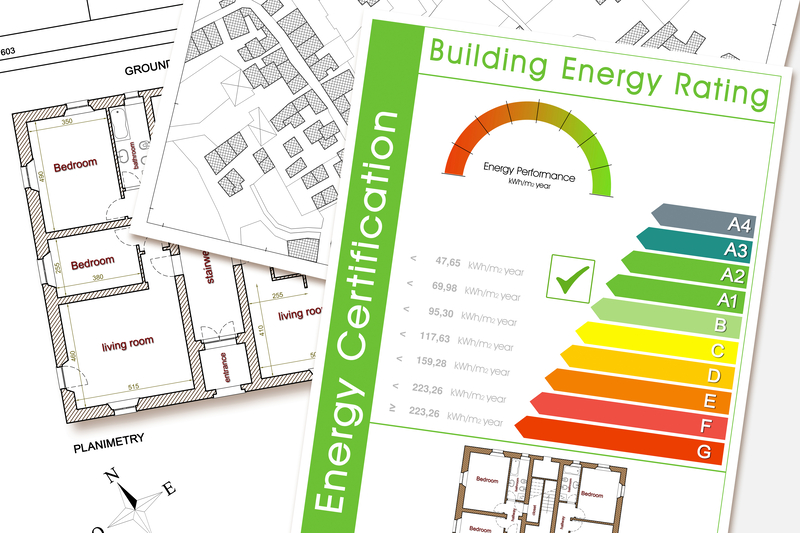
Passed as a part of the Greener Greater Buildings Plan, Local Law 87 put in place specific energy audit and retro-commissioning benchmarking requirements for all buildings over 50,000 gross square feet. It also applies to multiple buildings that combined are over 100,000 gross square feet on a single lot. These buildings must conduct regular energy audits and retro-commissioning measures.
The law was created in an effort to help building owners better understand their property’s energy efficiency and highlight areas that need improvement. This, in combination with the benchmarking guidelines set in place by Local Law 84, was designed to make energy efficiency a higher priority for NYC building owners.
What does LL87 require?
LL87 requires that energy audits and retro-commissions must be submitted in an Energy Efficiency Report, or EER, every ten years. To find the year your compliance is required to begin, look at the last digit of your tax block number. All tax block numbers besides 1 and 2 (which are due December 31, 2021 and 2022, respectively) should have already submitted their first report. All following reports will be due to the city again ten years later on the same date, December 31.
Your EER should include the following information:
- Basic information about your building
- List of current equipment
- Breakdown of your building’s energy use
- Energy conservation practices identified from the audit you plan to implement
- Measures you plan to include in your building’s retro-commissioning plan
What is an energy audit?

Word writing text Energy Audit. Business photo showcasing assessment of the energy needs and efficiency of a building Woman wear formal work suit presenting presentation using smart device
An energy audit analyzes how much energy a building uses. Your audit will give insight on your building’s current energy consumption rate and assess how efficient your energy currently is. Even though you’re only required to submit these reports every ten years, you should be benchmarking your energy consumption annually to ensure you’re making appropriate progress.
What is retro-commissioning of a building?
Retro-commissioning is essentially just making sure your equipment installation and performance is done correctly. Similar to how an energy audit analyzes your building’s overall energy use, a retro-commissioning plan analyzes the appliances actually using the energy. The goal is to improve your existing energy management system and/or to show you what replacements need to be made.
What is Local Law 88?
Like Local Law 87, Local Law 88 was passed as part of the Greener Greater Buildings Plan in an effort to drastically improve New York City building energy efficiency. The law requires the owners of commercial and multi-family buildings to improve the efficiency of their lighting systems and install tenant sub-meters to meet the NYC Energy Conservation Code by January 1, 2025.
How do I comply with LL88?
Your building(s) must comply with LL88 if it falls into any of the following conditions:
- Single building with at least 50,000 square foot of floor space
- Group of 2 or more buildings under the same tax lot, that combined add up to 100,000 square feet
- Group of 2 or more buildings under the condominium form of ownership, that combined add up to 100,000 square feet
If you are the building owner or a co-op and condo association, you are responsible to comply with Local Law 88. You also have the ability to delegate reporting to a consultant or your building manager. If your property is categorized as a certain occupancy group, it may be exempt from the efficient lighting upgrades and/or submetering. Be sure to check with your provider if you think your property may be exempt.
How do I upgrade to LL88 lighting requirements?

Local Law 88 lighting requirements are laid not laid out in the law, but in the NYC Energy Conservation Code. The requirements vary for each type of application, and there are two steps to energy code lighting standards. The first is how much lighting power is used in a given area, which is measured in watts of lighting per square foot. The second is lighting controls, which are things like switches, sensors, and timers.
Here are some tips to upgrade your building to have a light efficient design:
- Determine any exemptions in your existing lighting system
- Develop an upgrade and meter installation plan track your progress
- Install LED lights (or an alternative like compact fluorescent lights that will meet the same high-efficiency standards)
- Install a lighting control system (required for most commercial properties)
- Make sure your exit signs aren’t using any more than 5 watts
- Work lighting upgrades into standard leases (if applicable)
- Consider hiring a lighting consultant
- Work with your energy provider to ensure you’re meeting the code standards
Lighting system elements that meet NYC Energy Conservation Code requirements applicable after July 1, 2010, do not require an upgrade.
Benefits of Local Law 87 and 88

The biggest concern businesses have with green laws like these is the cost associated with them. Green energy is an investment, but it’s certainly one that is worth it for both your business and your community. The long-term savings combined with improving the environment will deliver an ROI that makes it all worth it.
Local Law 87 only requires you to submit your energy audit and retro-commissioning report every ten years, which gives you plenty of time to improve your energy consumption and efficiency. Take advantage of this time by creating a realistic plan that allows you to space out any costly upgrades. LL87 requirements also gets you in the habit of paying attention to how much energy you’re using as well as how much your building’s appliances use.
Local Law 88 uses sub-metering to send an accurate price signal to tenants, which helps reduce energy consumption in leased spaces. When tenants can accurately monitor their electric consumption, they are more likely to practice energy efficient habits. As a building owner, removing these utility expenses from your balance sheet will boost your bottom line as you reduce net operating expenses.
At Aggressive Energy, we understand how busy our clients are. You don’t have time to learn and keep up with the all the NYC Energy Compliance laws, which is why we do it for you. We’re committed to creating sustainable energy plans that are customized to fit our clients needs. If you’re ready to work with an energy provider you can trust, contact us today!
This post is your guide to benchmarking energy usage in your building! A crucial part of building an effective energy management system is tracking and analyzing your building energy performance.
Aggressive Energy is committed to helping our clients make the most sustainable choices for their energy consumption and their budget. Whether you’re just looking for energy benchmarking services or want to create an electricity plan that makes energy compliance easy, we’re here to help!
Read on to learn how to benchmark energy use, the benefits, and building benchmarking software!
What is Energy Benchmarking?

Energy benchmarking is the process of calculating and recording a building’s energy consumption. This data is then compared to its previous energy consumption levels and to the national average for similar buildings. Building owners use benchmarking to help themselves and their occupants understand the different ways in which they consume energy as well as identify areas they could practice energy conservation.
Internal vs. external energy benchmarking
Benchmarking for energy efficiency is classified as either internal or external. Internal energy benchmarking is the process of making comparisons within a single organization in order to define a baseline and best practices. External energy benchmarking is used to evaluate organizations in the same or a similar industry sector in order to determine which companies perform best in class.
Related Post: Energy Conservation Tips to Reduce Business Expenses
How to Benchmark Energy For Buildings
It’s important to plan out a methodical approach to building energy benchmarking. Planning ahead is key to creating a benchmarking process you can rely on for years to come. The goal of developing a benchmark plan is to define the desired outcome of its execution and of its results. What do you hope goes well during the benchmarking process? What do you hope to avoid? What do you anticipate the results of your building’s energy benchmark report to be, and what’s your best and worst-case scenario? These are all questions you should be sure to ask yourself. Here are three steps to help you benchmark energy for your building.
Delegate and communicate
The energy benchmarking plan should include the benchmarking team members involved, their role, relevant details on the data collection process, and the plan’s implementation. Developing a detailed benchmarking strategy and presenting it to team members effectively helps everyone involved to understand what’s expected of them, the importance of benchmarking, and keeps everyone on the same page. Additionally, make sure that staff members are trained, as this is one of the most effective strategies to assure high-quality reporting from the start.
Choose Your Energy Benchmarking Tool

Benchmarking and energy tracking solutions can be as simple as spreadsheets or as complex as custom-built web-based platforms. The selection of a benchmarking tool should be decided based on the data requirements for tracking progress toward the benchmarking program’s objective. If you aren’t sure which energy benchmarking software is compatible with your needs and budget, contact us at Aggressive Energy and we’ll get you set up for success through our Energy Solutions 360 platform!
Collect and organize data
The first step in collecting data is identifying what areas you actually need data on. This typically requires an energy audit to identify any quirks or need-to-know information about how your building and its appliances operate and consume energy. Before you begin collecting data, be sure to come up with specific goals and questions you want the data to be able to answer. This will help you make the most efficient use of time and give your data collection some much-needed structure.
Keep in mind you’ll need to collect both internal and external data. External data can be gathered through the use of energy benchmarking tools such as ENERGY STAR Portfolio Manager. Internal and external data sources combine to provide businesses and property managers with the information they need to make sound energy management decisions.
Verify results
After data collection is complete, it’s time to verify the quality of your energy benchmarking results. This is the phase where you double-check for accuracy. First, verify the small things such as having the appropriate facility type selected and that facility names are all accurate (i.e. remove any sample facilities). Then, filter results for any energy usage intensity scores that are surprisingly high or low in relation to the national median as recorded by the Commercial Buildings Energy Consumption Survey, or CBECS.
There will be certain areas of your benchmarking report where you aren’t able to verify 100% accuracy, so it’s a good idea to have a system in place that will fill in gaps wherever needed. It also wouldn’t hurt to hire a third party to perform the final onsite verification, especially if you’re new to building energy benchmarking and/or have a lot of data to cover.
Interpreting Your Building Energy Performance Benchmarks
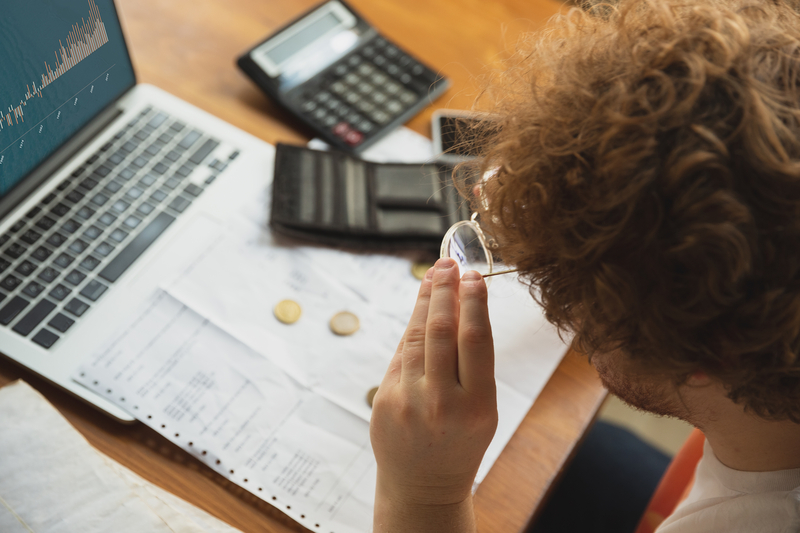
When done effectively, energy data benchmarking and an analysis of its results provide insight into the effect of operations on energy use and consumption. Be sure to document energy usage in a way that’s useful and intuitive for everyone in your organization to understand. Choose a format that works for you and your team, whether that be something as straightforward as a graph depicting the building’s energy use or something a little more complicated like a statistical model.
In order to fully comprehend your benchmarking results, use the baseline of building energy performance and the expectations you established beforehand. This is something you’ll need to do every time so that you accurately track your building’s improvements (or lack thereof).
Related Post: Why Solar Power For Business is Worth The Investment
Benefits of Energy Benchmarking

Benchmarking the energy performance of commercial buildings is a critical component of an organization’s energy management plan because you can’t manage or improve something you don’t have details on. Benefits of energy use reporting include:
- Detailed, verified information on energy consumption and areas of energy use
- Increased general consciousness of energy efficiency and improved usage behaviors among building occupants
- Identifies what areas of energy consumption need improvement
- Identifies what areas of energy consumption are working well and can be replicated
- Makes energy compliance easier
- Short-term and long-term savings
Energy reporting is a reliable energy management technique that has been shown to have a positive – and reasonably quick – impact on your bottom line and ensures your business comes out on top.
At Aggressive Energy, we’ve got the dedication and resources to set you up for success. We’ll help you create a building energy benchmarking process and establish an energy management system (or re-assess all of the above) to help you meet your sustainability and financial goals. Contact us today!
Local Law 92 and 94 were passed alongside Local Law 97 in the NYC Climate Mobilization Act of 2019. These laws mandate the use of sustainable roofing solutions – or green roofs – in new buildings as well in existing roofs that are renovated or replaced. In this article, you’ll learn everything you need to know about green roof systems and NYC Local Law 92 and 94.
Aggressive Energy is committed to making NYC local law compliance a breeze for our clients. Whether you’re looking to maximize the benefits of clean energy or just looking for the best electricity rate, we guarantee we’ll create an energy plan that works for you.
Read on to learn about the benefits of green roofs and Local Law 92 and 94 compliance!
What Does Local Law 92 and 94 Require?

Local Law 92 and 94 adjusted the NYC building code to require sustainable roofing solutions, which are defined as a solar panel power generation system, a green roof, or a mix of the two. The specific criteria varies depending on the size and slope of each roof as well as the occupancy rating of the building, but the law applies to all buildings, both residential and commercial. Local Law 94 makes up the bulk of the green roof legislation, updating the “cool roofs” requirements of Local Law 21, while Local Law 92 adjusts the requirements for smaller buildings.
LL 92 and 94 apply to renovations including both vertical and horizontal construction to an existing roof that requires a permit. Certain roofs, such as occupied roofs and required building setback roofs, have exemptions. They’re also one of the first of the laws introduced by the Climate Mobilization Act to have gone into effect already, as most of them don’t start until 2024. These laws are predicted to result in New York City having one of the most sustainable skylines in the world.
Local Law 92 and 94 compliance
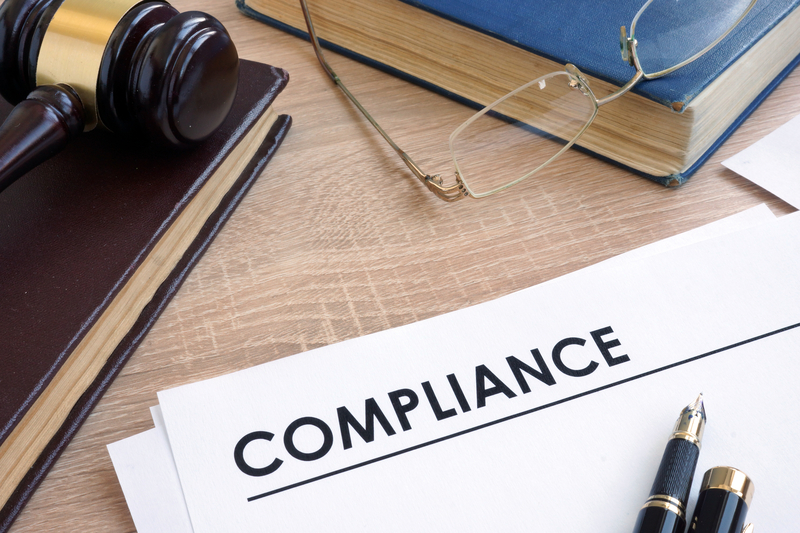
New construction and major renovations will have to include the installation of a green roof system. Owners of buildings that are undergoing this construction should take these steps:
- Identify which sustainable roofing option – green roofs, solar panels, or both – is the best fit based on the roof’s space and the amount of shade it’s in.
- Have a structural analysis of the roof conducted by a professional.
- Make sure all possible options comply with all applicable building codes.
Buildings have the ability to choose to install either a green or solar roof. Some building owners fear their roofs have too much shade for either option. If you begin exploring your options and find this is the case for your roof, that would be considered an unfavorable site condition and compliance would not be required. Keep in mind that shaded buildings may have enough shade to make solar panels not an option, but green roofs can often flourish even if they’re in the shade for most of the day.
It’s important to note that solar or green roofs aren’t included in the basic safety or habitability requirements of buildings, so an incomplete green roof installation shouldn’t cause any delay in your receiving a temporary certificate of occupancy. Additionally, while you have the choice to choose between having a green or solar roof, we encourage you to utilize both options if you have the ability to!
What is a Green Roof?

A green roof is a layer of plant life installed on a building’s roof. These plants soak up rain, giving the building it’s installed on an additional layer of insulation. This helps maintain the desired indoor temperature while also reducing the building’s carbon footprint and increasing its energy efficiency. A green roof system’s design may vary from roof to roof, but they all have the same core elements of waterproofing, water retention, drainage, soil or another growing medium, and of course, the ability to grow plants.
What are the benefits of green roofs?
The benefits of green roofs include reducing the increased temperatures that surround areas with a higher population and improving the quality of the air and water in these areas. It also reduces energy costs and carbon emissions. Plus, they give the wildlife in these areas a home. Green roofs benefit building owners by lowering their energy consumption and cost, and also helps them meet the energy efficient standards set for them by other local laws. They also provide overall higher insulation than a standard roof system. Combine the benefits of green roof systems with the benefits of solar power for business, and your ROI is well worth any upfront cost.
Green Roof Installation in NYC

Now that you have a working knowledge of what a green roof is and Local Law 92 and 94 compliance, it’s time to start brainstorming and planning your green roof installation. Read on for our advice and tips on installing a green roof in New York City.
Green roof cost and available savings
The average cost to install a green roof ranges from $10-$20 per square foot depending on its scale. For an average extensive green roof it’s about $10-$12.50 per square foot and $16-$20 per square foot for a more detailed intensive green roof. However, the cost usually decreases when it’s included as a part of the roof’s design from the beginning of the construction. This also helps you avoid any double work. Annual green roof maintenance costs about $0.75-$1.00 per square foot.
If you’re eligible and can demonstrate the energy savings from the installation, you may be able to receive a Property Assessed Clean Energy loan (PACE) to finance the installation. PACE is available for green or solar roofs in all building types undergoing new construction as well as renovations, excluding 1-2 family properties. There’s also savings to be found in the NYC Green Roof Property Tax Abatement Program.
Green roof installation timeline and requirements
Commercial installations take up to two weeks, mostly because they usually have larger roofs, while residential installations typically only take a few days. Remember to allow plenty of time for applicable filing and permits you’ll need to finish the project. The best time of year for green roof installation is in the spring. This is because planting in the high temperatures of the summer will require additional irrigation, and vegetation planted in the fall may not have enough time to get established before winter. Some plants can be installed while dormant in the winter. Plants usually take about 3 years to get fully established on NYC green roofs.
Though you could install your own green roof, it’s recommended to hire a professional to lead you through the process of designing it, obtaining the right permits, securing any available funding resources, and ensuring you have an effective installation and maintenance system.
At Aggressive Energy, we’ve got the connections and resources to set you up for success. We’re experts at NYC local law compliance and know how to identify opportunities to reduce emissions from your building while increasing its energy efficiency. Contact us today to create a sustainability plan that’s customized to work for you!